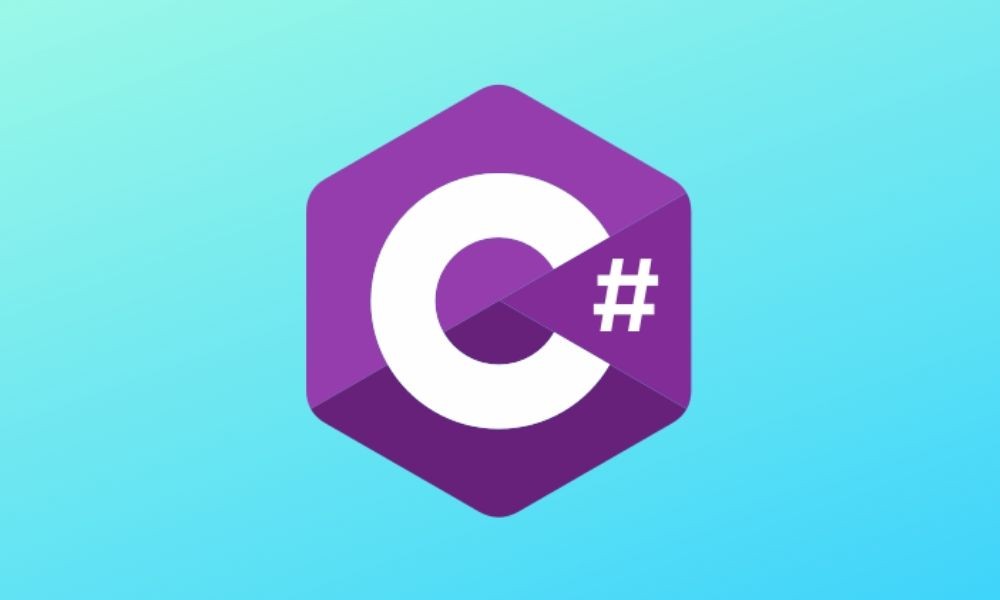Understanding Datatypes: Int, Float, and Double in C#
Introduction
Understanding Datatypes: Int, Float, and Double in C#, understanding the various datatypes available is essential for effective coding. In this blog post, we will delve into three fundamental datatypes: Int, Float, and Double. We will explore their characteristics, use cases, and provide code examples to illustrate their practical applications.
- Int Datatype
The Int (or integer) datatype represents whole numbers, both positive and negative, without fractional parts. It is commonly used when working with variables that store values like counts, indices, or any other quantity that does not require decimal places.
In C#, the Int datatype is represented by the int keyword. Here’s an example of declaring and using an int variable:
int age = 25;
int numberOfStudents = 50;
int sum = age + numberOfStudents;
Console.WriteLine("The sum is: " + sum);In the above code snippet, we declare three int variables: age, numberOfStudents, and sum. We then perform an addition operation and display the result using the Console.WriteLine() method.
- Float Datatype
The Float datatype represents single-precision floating-point numbers. It is commonly used when working with variables that require decimal places and do not require high precision. The Float datatype is represented by the float keyword in C#.
Here’s an example of declaring and using a float variable:
float circleRadius = 3.14f;
float circumference = 2 * circleRadius * (float)Math.PI;
Console.WriteLine("The circumference is: " + circumference);In the code snippet above, we declare two float variables: circleRadius and circumference. We calculate the circumference of a circle using the formula 2 * radius * π, where π is accessed via the Math.PI constant. The result is then displayed using the Console.WriteLine() method.
- Double Datatype
The Double datatype represents double-precision floating-point numbers. It is suitable for storing values that require higher precision than the Float datatype. The Double datatype is represented by the double keyword in C#.
Here’s an example of declaring and using a double variable:
double pi = 3.14159265359;
double radius = 5.0;
double area = Math.PI * Math.Pow(radius, 2);
Console.WriteLine("The area of the circle is: " + area);In the code snippet above, we declare three double variables: pi, radius, and area. We calculate the area of a circle using the formula π * radius^2, where π is accessed via the Math.PI constant. The result is then displayed using the Console.WriteLine() method.
Key Differences between Float and Double
Float and Double datatypes differ primarily in terms of precision and memory consumption. Float uses 4 bytes of memory and provides approximately 7 decimal digits of precision, while Double uses 8 bytes and provides around 15 decimal digits of precision. When precision is crucial, it’s generally recommended to use Double instead of Float.
Conclusion
Understanding the datatypes available in C# is crucial for efficient and effective programming. In this blog post, we explored three fundamental datatypes: Int, Float, and Double. We discussed their characteristics, use cases, and provided code examples to illustrate their practical applications.
By utilizing the appropriate datatype for your variables, you can ensure your code operates correctly and efficiently. Whether you need whole numbers, floating-point numbers with lower or higher precision, C# has you covered with Int, Float, and Double.


